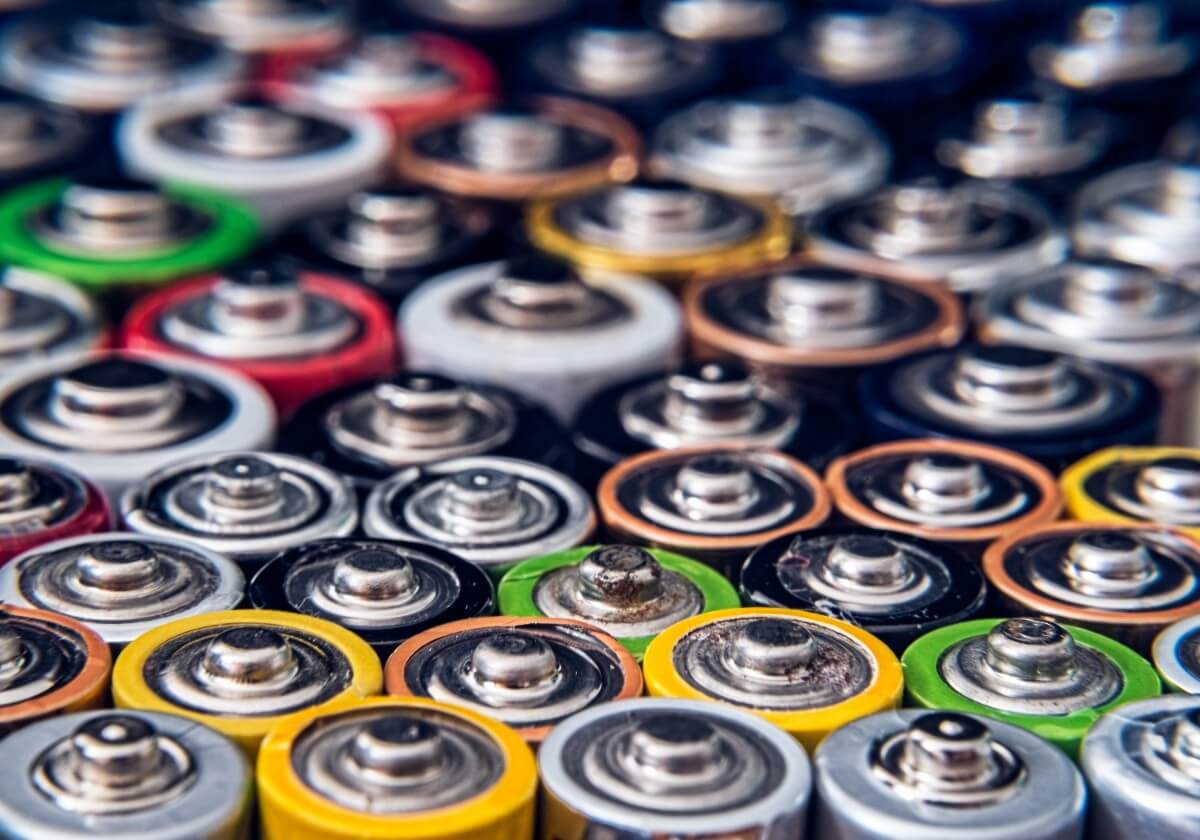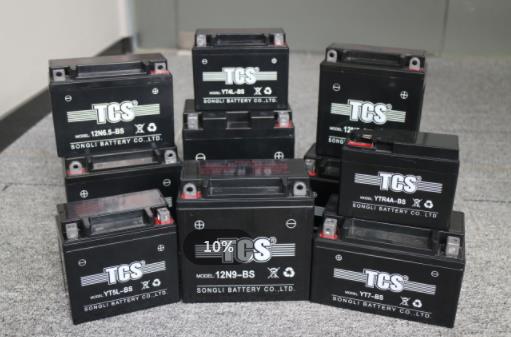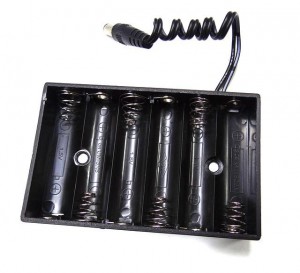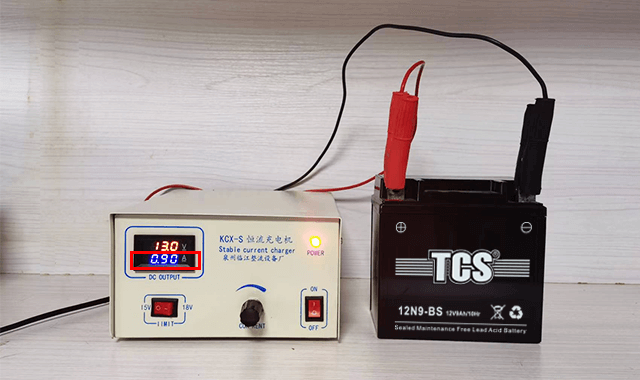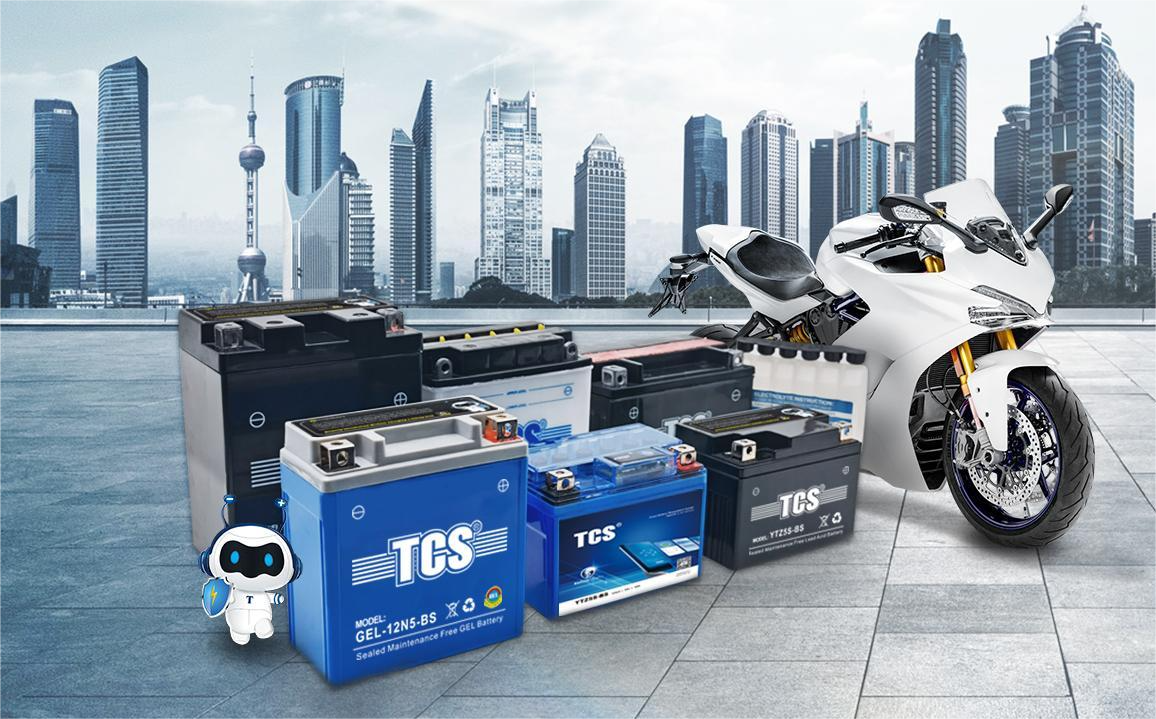Alkaline batteries are mostly non-rechargeable, lead-acid batteries are rechargeable. Lead-acid batteries, also known as VRLA batteries, vary in size and are mostly cuboid, and are mostly used for starting power reserves for large vehicles. Alkaline batteries are generally smaller and cylindrical in size.
The lead acid battery is a type of battery that has a higher voltage than the alkaline battery. The higher voltage allows it to power electric vehicles with more power, and it also allows you to use less energy when operating electrical devices.
What Is an Lead Acid Battery?
The cells in the lead acid battery can be flooded or in gel form, and they are sometimes called "wet cell" batteries.The main difference between a lead acid battery and an alkaline battery is that the lead acid battery has a higher voltage. The higher voltage allows it to power electric vehicles with more power. Lead acid batteries are also known as wet cells and come in either flooded or gel cell varieties.
Lead acid battery is a type of rechargeable battery that uses lead-based plates and electrolyte as an energy source. A lead acid battery has a higher energy density than other types of batteries, which makes it more powerful and efficient. A lead acid battery is a type of rechargeable battery that uses lead plates as their active material. It is commonly used in cars, boats and other vehicles.
Lead acid battery is a type of storage battery. Lead acid batteries are very popular because they are cost-effective, reliable, and easy to use.
What Is an Alkaline Battery?
Alkaline battery is a type of rechargeable battery that uses zinc chloride as its electrolyte instead of an alkaline solution. This makes the alkaline battery safer and more environmentally friendly than a traditional lead acid battery.
Alkaline battery is an electrochemical cell containing the active material electrolyte which consists of an alkali metal salt (potassium hydroxide) and an oxide (potassium oxide). It can also be called non-rechargeable or dry cell batteries because they do not require any maintenance after use.Alkaline batteries are used in many different devices, including flashlights and cameras. They have been around for many years and will be around for many more.
Differences in battery composition:
1.Lead acid batteries contain lead plates, which are made of lead and sulfuric acid. These plates are encased in a container called a cell. When you charge the battery, the sulfuric acid reacts with the lead plates to produce electricity. This process is known as electrolysis.
2.Alkaline batteries contain zinc and manganese dioxide in their electrolyte. These materials react with the electrodes (positive and negative poles) to generate electricity when charged using a charger.
3.Battery consists of two electrodes and electrolyte. The positive electrode is called an anode, and the negative electrode is called a cathode. In a battery, the ions move from one electrode to another when you apply a small amount of electricity. This movement is called electromotive force (EMF).
4.Battery consists of two electrodes and electrolyte. The positive electrode is called an anode, and the negative electrode is called a cathode. In a battery, the ions move from one electrode to another when you apply a small amount of electricity. This movement is called electromotive force (EMF).
5.The voltage produced by a battery results from this EMF that causes movement between its electrodes.
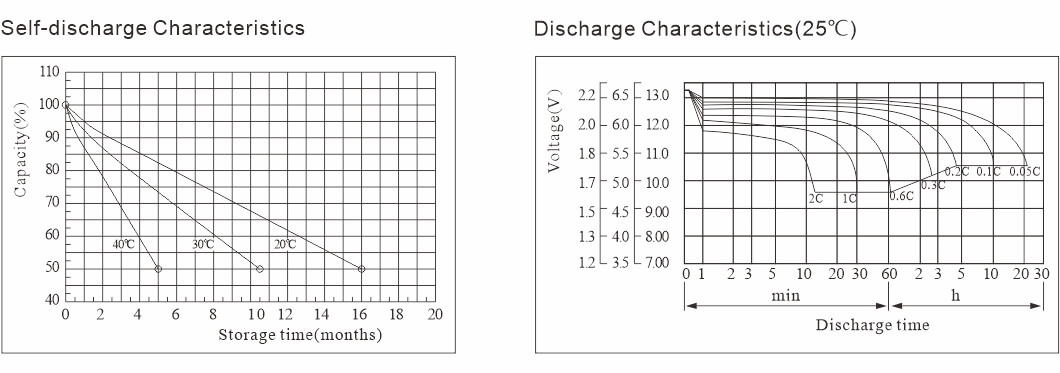
Battery Application Differences:
Alkaline batteries are suitable for continuous discharge and high voltage work, suitable for cameras, electric toys, remote controls, calculators, keyboards, shavers, etc.
Lead-acid batteries are suitable for power fields, such as motorcycle power batteries, automobile power batteries, electric toys in the field of energy storage, electric golf carts, UPS systems, power tool battery series, etc.
It is not said which battery is better. Each type of battery has its corresponding application range. It is the most perfect to choose a suitable battery for different fields.
Alkaline Battery Life:
Alkaline batteries are available in a variety of sizes and voltages. They have a shelf life of up to 10 years, compared to 3 years for standard disposable batteries.
Lead Acid Battery Life:
The design service life of lead-acid batteries is 3-5 years and more than 12 years, but this is the theoretical service life. There are differences between the actual service life and the theory. You need to maintain your lead-acid battery as much as possible to ensure that it has the lowest limited loss.
Application Scenarios:
Lead-acid batteries are the most common type of battery used in automobiles and other applications. These batteries can be purchased from almost any retailer or online, depending on the size and type you want.
Detailed lead-acid battery maintenance can refer to the article:
Lead Acid Battery Maintenance Checklist
The main difference between these two types of batteries is the amount of energy stored per weight unit. A lead acid battery has a higher voltage, which means more power for your vehicle to move it faster or use as an electrical backup system for your home/business. Lead acid batteries also last longer than alkaline batteries, but because they do not produce as much energy per weight unit, they cost more too!
Post time: Jul-11-2022
